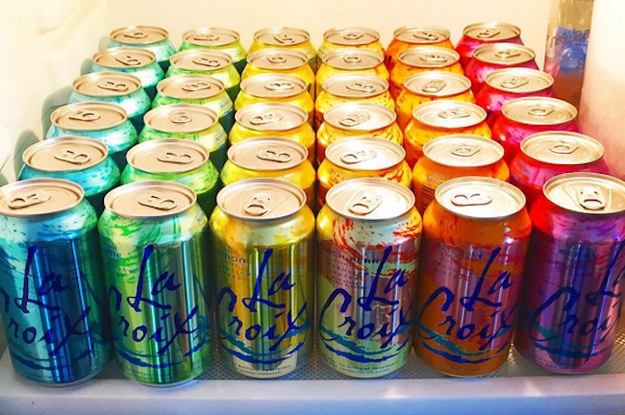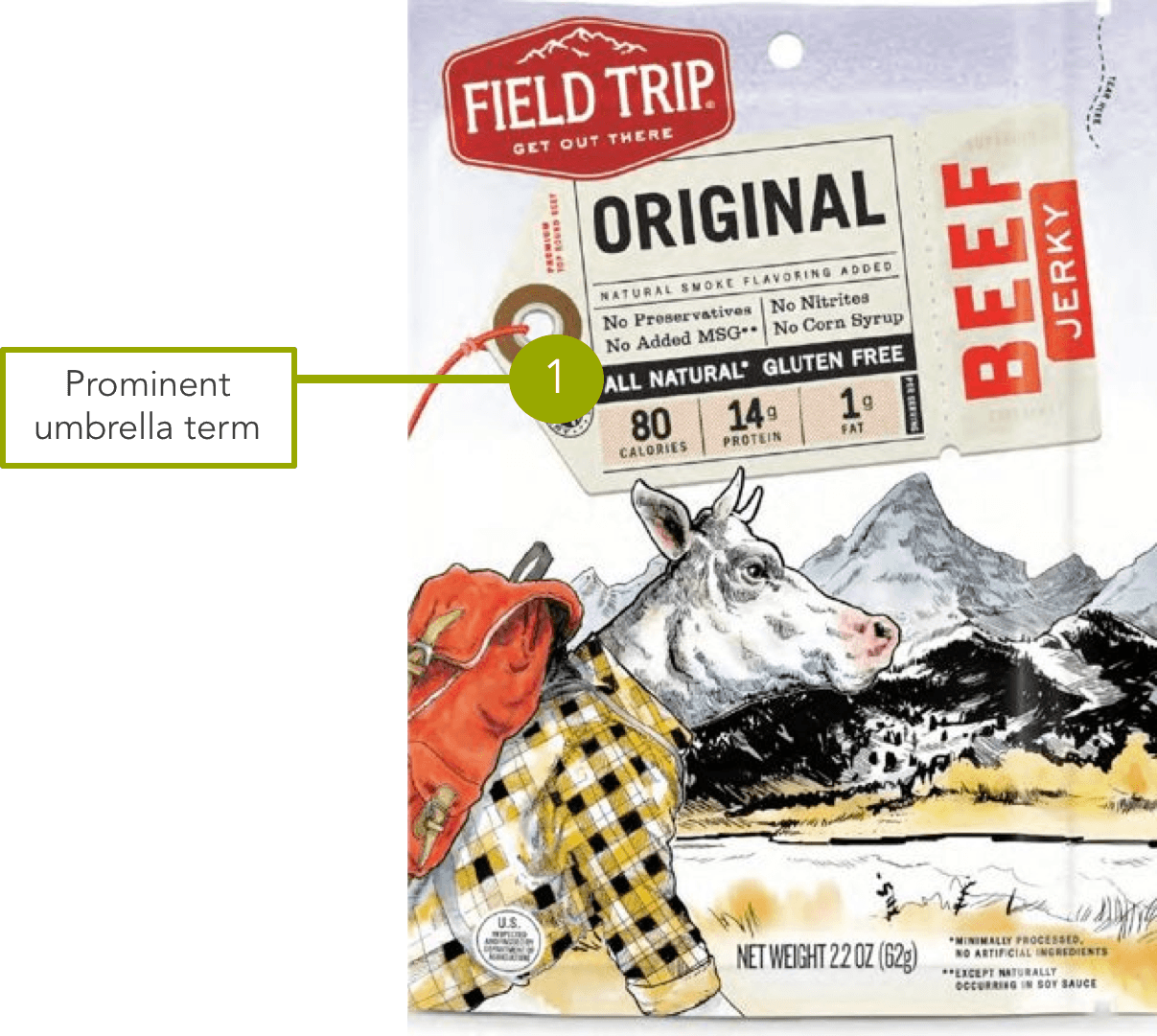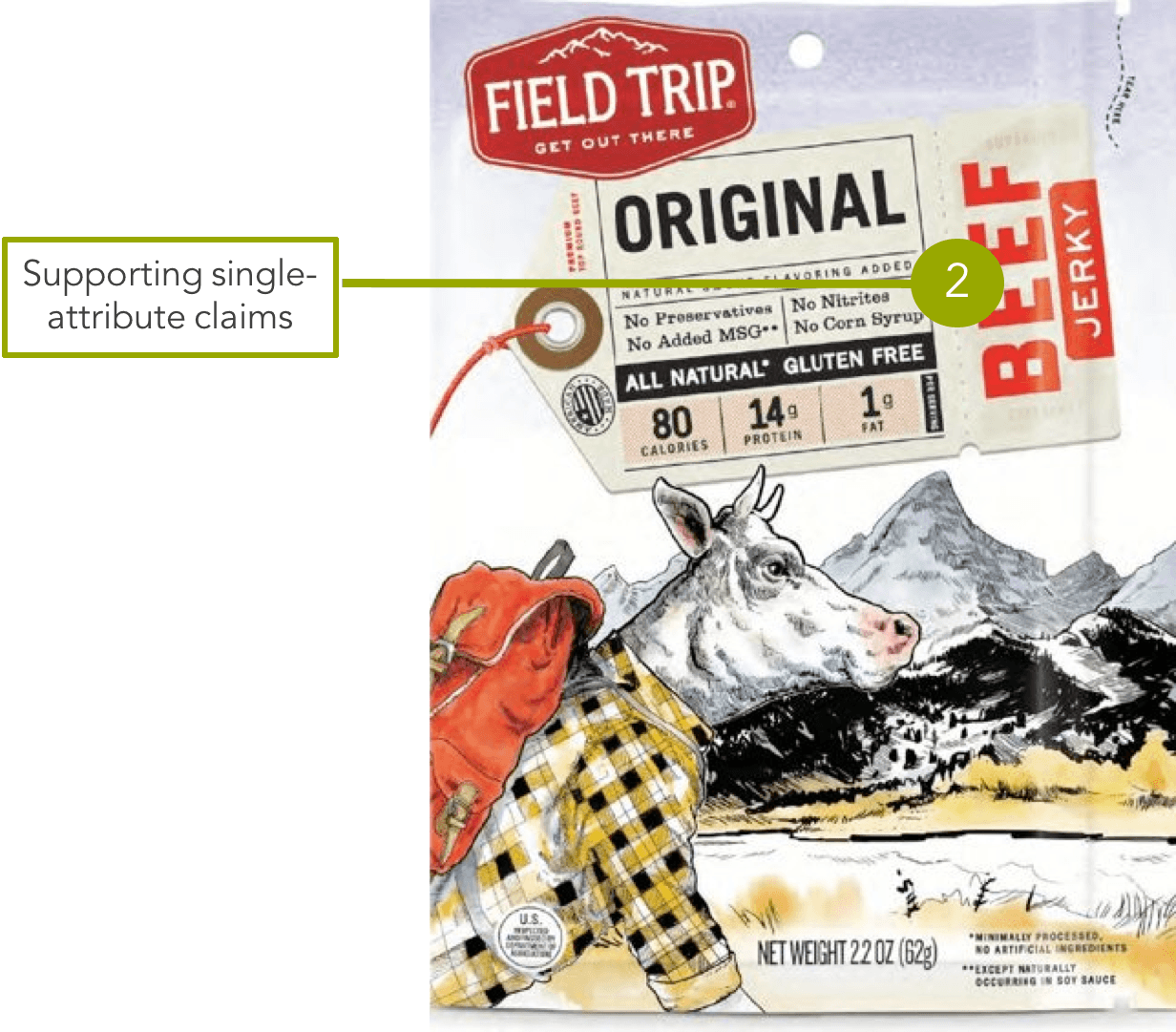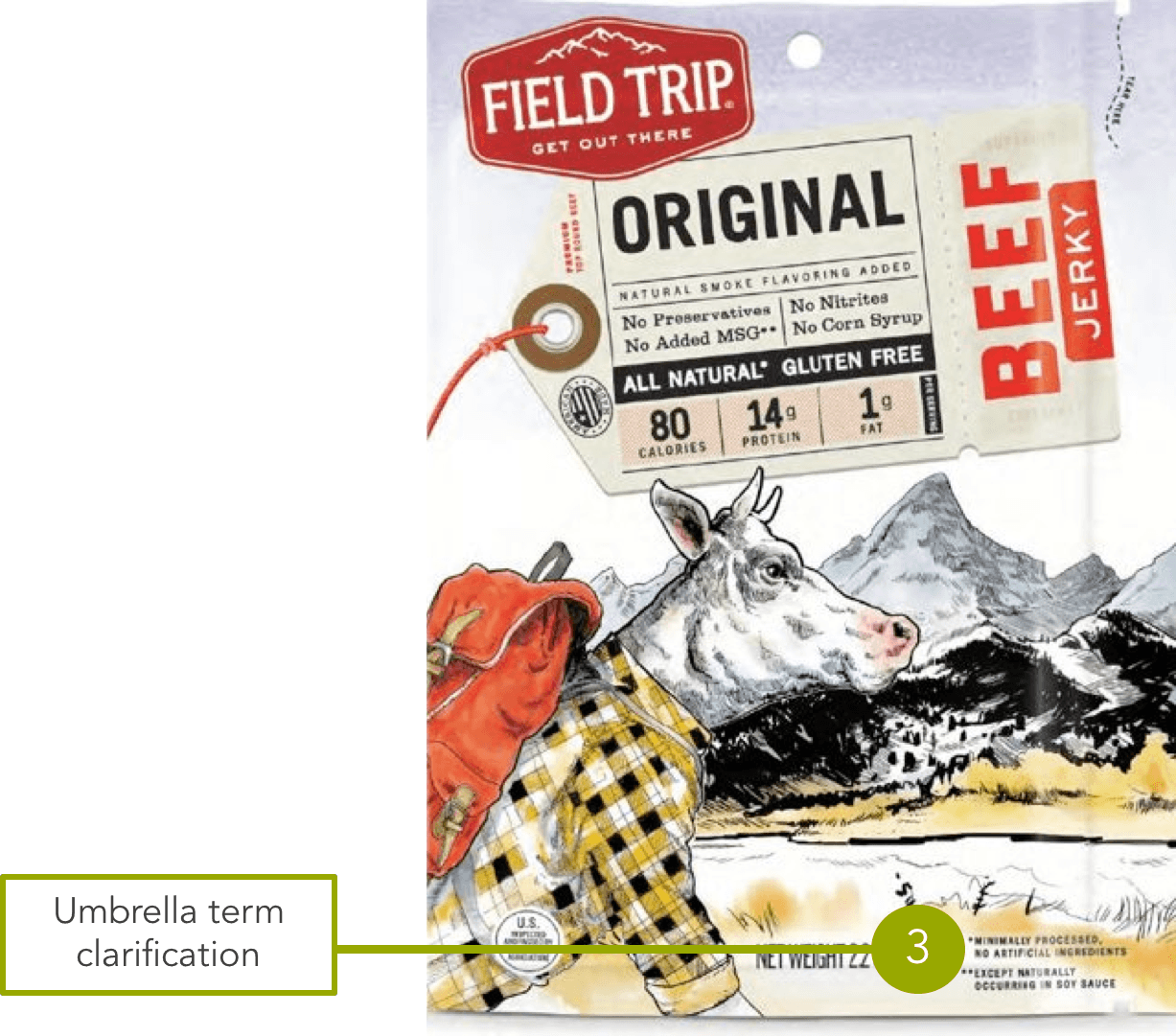What’s Next for Natural?

Like many other office kitchens, the official JT Mega mini fridge is slowly being taken over by La Croix sparkling water. Once a refuge for artificially-sweetened soft drinks, the shelves now burst under the weight of “pamplemousse”, “mure pepino”, and “cerise limon.” And like most new beverage items on the market, each can proudly proclaims “100% natural flavors.”
Replacing artificial ingredients with natural ones has shown positive sales results across all food and beverage categories. So imagine our surprise seeing a report by food and beverage flavor developer, FONA International, proclaiming “The jig is up for manufacturers hoping to win [consumer] confidence with a natural claim.”
While we adamantly reject the notion that “natural” is losing meaning with consumers, it does raise an interesting perspective about how we maximize the effectiveness of “natural” claims moving forward.
WHY IT’S HAPPENING
First, we have to understand why consumers were drawn to “natural” in the first place. In its recent report, The Hidden Drivers Behind Natural & Organic, Technomic states one of the key reasons consumers gravitated towards “natural” was because it provided an efficient mental shortcut:

In short, “all natural” became an easy way to convey both higher quality and health attributes.
But without a consistent definition of umbrella terms between the FDA and the USDA, brands began using the same words to describe various farming techniques, animal husbandry practices and ingredient parameters. Which unfortunately led to mass confusion: 82% of consumers said they confuse natural and organic at least some of the time1.
So one can see why FONA International would argue companies should be using more single-attribute claims like “no preservatives,” rather than umbrella terms like “natural”, when marketing to consumers to minimize confusion.
Which begs the question, “which one is right?”
WHAT WE THINK
You need both. Umbrella terms and single-attribute claims serve different purposes for different consumers.
We know umbrella terms provide a very necessary mental shortcut for consumers looking to delineate between conventional and non-conventional food and beverage options. And for many people, seeing a “natural” claim is all they want (or need) to make a purchase decision. For consumers demanding a deeper level of detail, single-attribute claims function as proof-points for the umbrella claim and demonstrate a higher degree of transparency.
WHAT’S NEXT
You can effectively use both umbrella terms and single-attribute claims in marketing communication by building a messaging hierarchy:
Start with the umbrella term
Umbrella terms (natural, organic*, clean, simple) should be featured most prominently on the package/marketing communication. Its primary purpose is to help a customer more easily distinguish this as a non-conventional product.

Follow up with additional single-attribute claims
Next, highlight single-attribute claims that are particularly important to your category and/or target audience.

Finish with umbrella term clarification
Lastly, provide additional clarity as to what production and/or ingredient practices back up the product’s classification as the umbrella term.

*Note: while the FDA and USDA have strict guidelines on how organic is labeled, many consumers are either unaware or confused as to what it means. As such, we classify it as an “umbrella” term in this post.
